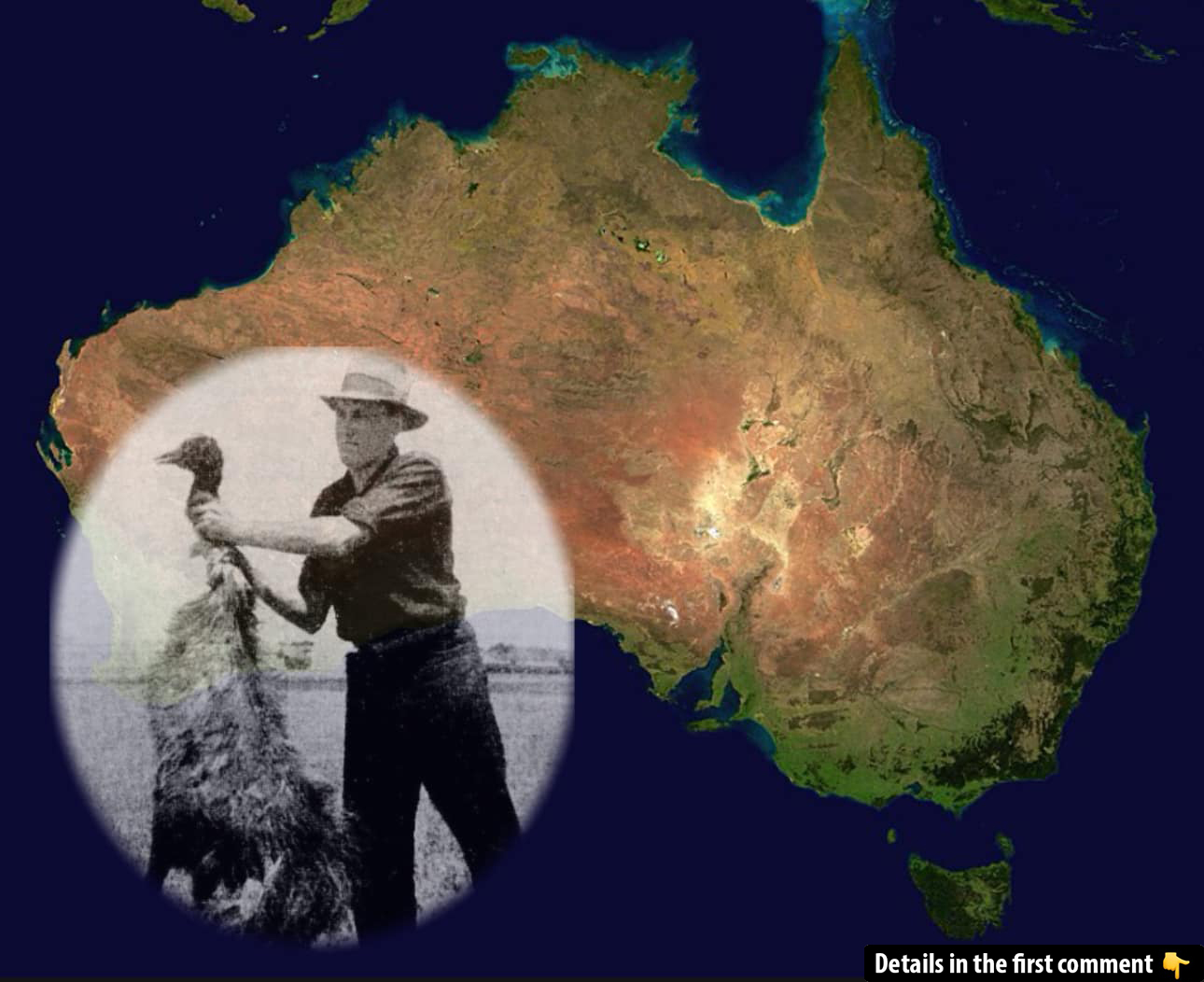The annals of history are filled with tales of epic battles and military triumphs, but few are as bizarre as the Great Emu War of 1932. In this strange chapter of Australian history, the Australian military found itself locked in an unlikely struggle against a much-feared foe: the emu. What began as an attempt to protect farmland turned into a humiliating defeat for the Australian army. The Great Emu War, where the Australian military faced off against flightless birds, remains a unique and amusing event in the history of warfare. But beneath the surface of this peculiar conflict, there are lessons about human perseverance, nature’s resilience, and the unintended consequences of government decisions.
Background: A Nation in Crisis
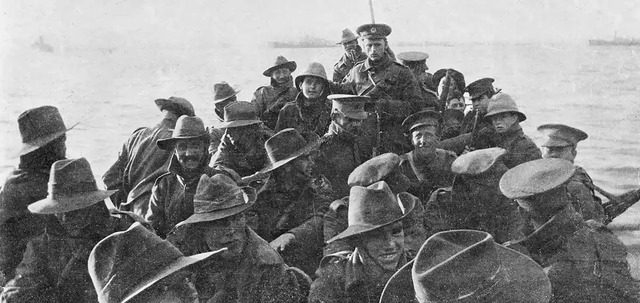
The origins of the Great Emu War are rooted in post-World War I Australia, a nation that was struggling with a series of socio-economic challenges. The aftermath of the war had left many veterans in dire straits. With the return of thousands of soldiers who had fought in the catastrophic Gallipoli Campaign and other fronts, the Australian government sought to offer them some relief. The solution came in the form of a “soldier settlement scheme,” where veterans were encouraged to take up farming on land parcels in rural areas.
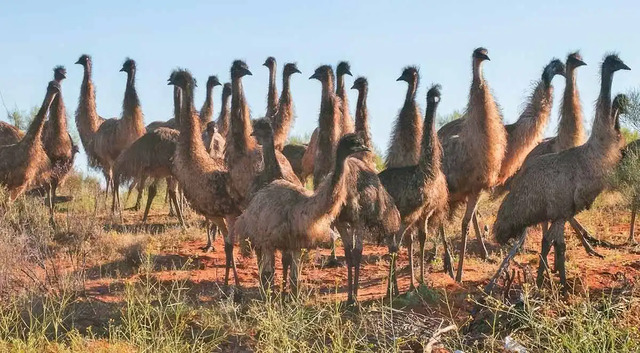
However, the land that had been allocated to them in Western Australia was hardly ideal for farming. The soil was poor, the resources were scarce, and the farmers had little to no experience in agriculture. By the mid-1920s, many of the veterans who had taken up farming were facing crippling poverty, alcoholism, and even suicide, as they struggled to make ends meet. Adding to these hardships were the devastating effects of the Great Depression, which hit Australia particularly hard, with the nation’s unemployment rate soaring to 32%.
Video
Check out the video on The Great Emu War – how it started and who won, a fascinating and quirky part of history!
The Emu Menace: Nature Strikes Back
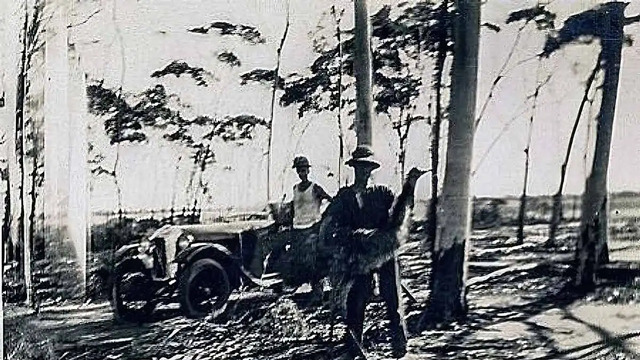
As if the challenges weren’t enough, the struggling farmers had to contend with a new adversary: emus. These large, flightless birds were a menace to farmers in Western Australia. By 1932, emu populations had grown to alarming numbers, and the birds began migrating into the farming regions in search of food. Emus are known for their strength and resilience, and they could cover large distances in a short amount of time. Unfortunately for the farmers, the emus found their crops irresistible.
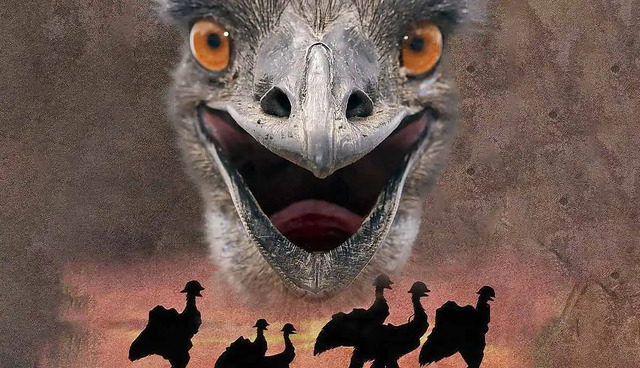
Wheat fields, the primary crop in the region, were being trampled and devoured by the emus. The farmers tried to fend them off using rifles, but the birds proved difficult targets. The emus were not easily deterred, and they adapted to the threat by scattering into smaller groups, making it nearly impossible to target them effectively. This created a growing frustration among farmers, who felt helpless in the face of the avian onslaught.
The Government’s Response: Enter the Military
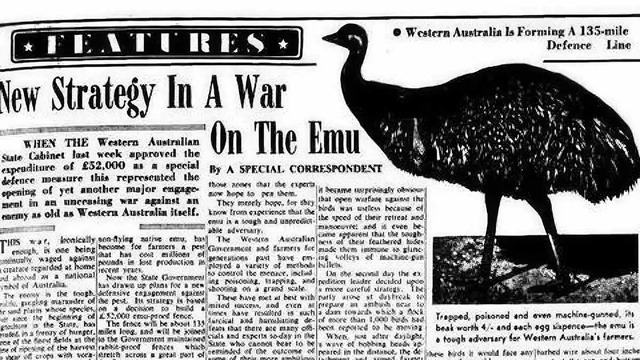
As the emu problem intensified, farmers appealed to the Australian government for assistance. In an attempt to address the issue once and for all, the government decided to take drastic action. On November 2, 1932, the Australian military was called in to deal with the emu threat. Minister of Defence George Pearce authorized the deployment of soldiers to Western Australia, armed with Lewis machine guns, which were capable of rapid fire.

The government believed that the military would be able to quickly quell the emu population and restore order to the farms. However, the emus had other plans.
The Conflict: A Battle of Wits and Resilience
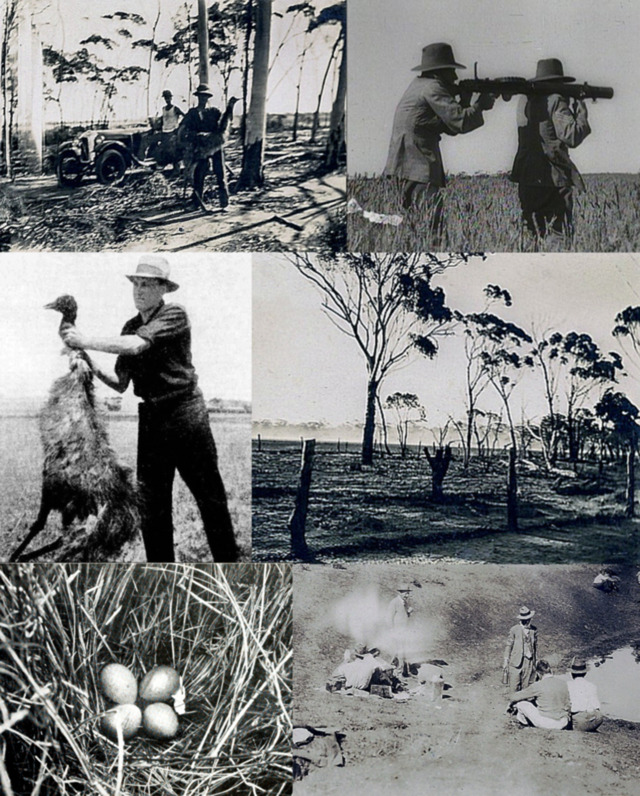
The military operation, under the command of Major Gwynydd Purves Wynne-Aubrey Meredith, began with high hopes. The soldiers, along with the local farmers, set up ambushes and attempted to herd the emus into traps. However, the birds quickly proved to be a formidable adversary. Instead of staying together, the emus scattered in small groups, making them difficult to target with machine guns.
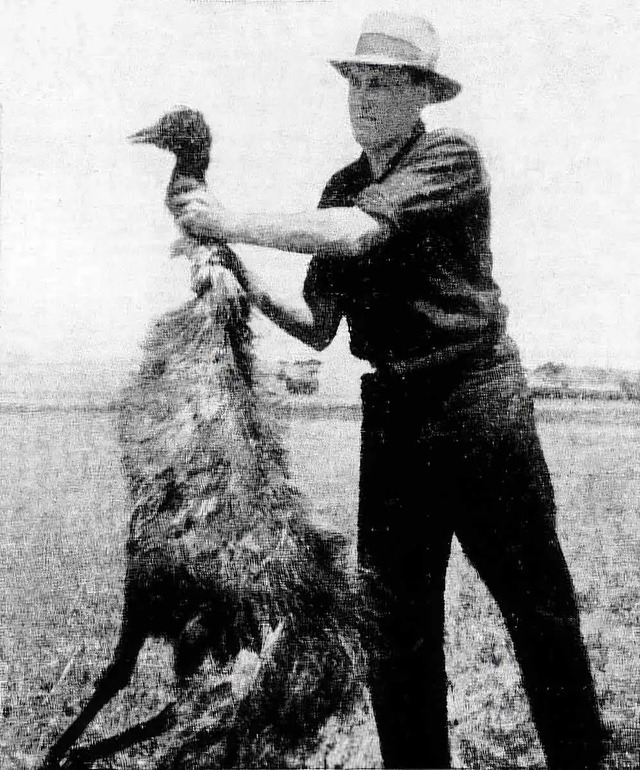
In one of the first encounters, the soldiers set up an ambush near a dam, where a group of around 1,000 emus was expected to arrive. The soldiers waited patiently, only to see the emus evade the gunfire after the machine gun jammed. Despite being at point-blank range, only a few emus were killed, and the rest escaped. This initial setback was just the beginning.
The military tried various tactics, including mounting the Lewis guns on trucks, but the rough terrain made the strategy ineffective. The emus’ speed and agility made them difficult to catch, and the machine guns were not able to keep up with the birds’ erratic movements. By the third day of fighting, only about 30 emus had been killed, and the operation was already proving to be far more challenging than anyone had anticipated.
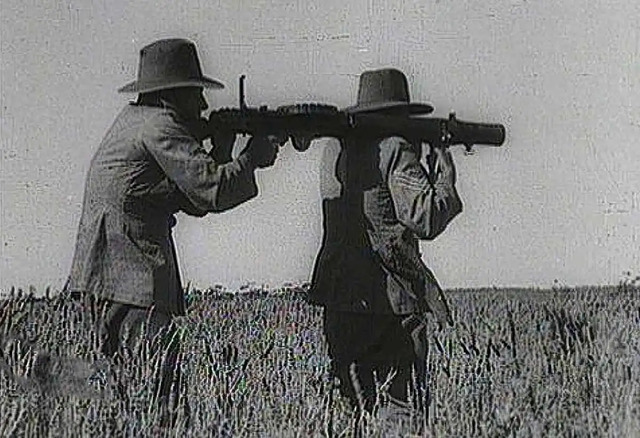
The Aftermath: Emus Outlast the Army
The military’s campaign continued into November, but the emus were not easily defeated. The soldiers faced a rapidly depleting ammunition supply, and the emus adapted to their tactics. They began to employ guerrilla-style strategies, with lookout emus warning the others of the approaching soldiers. As a result, the military’s efforts became increasingly ineffective, and the soldiers were forced to retreat.
On November 8, Major Meredith and his team withdrew from the operation after only a few days of fighting. Despite claiming that around 300 emus had been killed, the military had made little impact on the overall emu population. By the end of the month, the operation was deemed a failure, and the soldiers returned home, leaving the emus victorious.
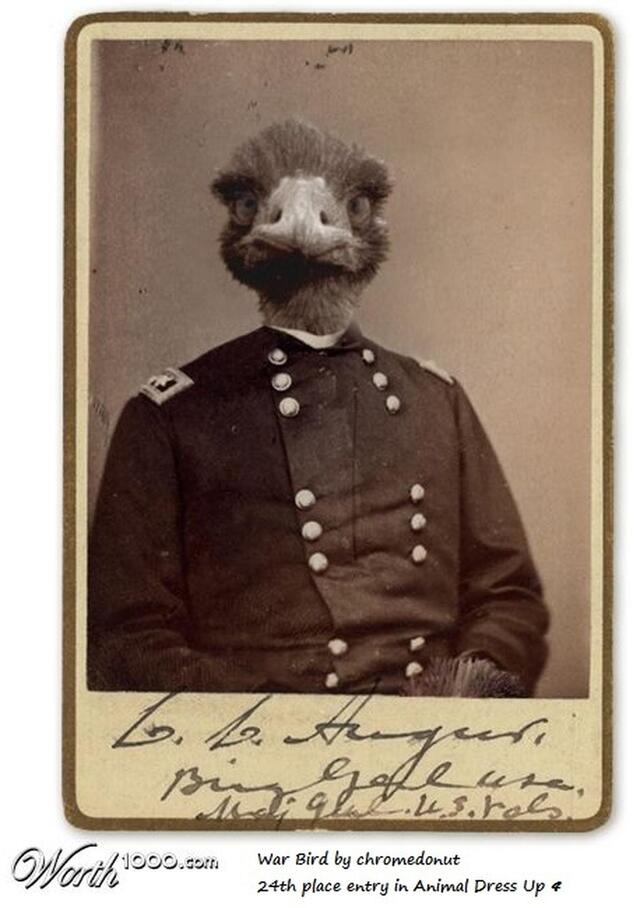
The Legacy of the Great Emu War
While the Great Emu War is often remembered with amusement and incredulity, it left behind a more serious legacy. The failure of the military to control the emu population revealed the limits of using brute force to solve complex environmental and agricultural problems. The emus had shown remarkable resilience, and the military had underestimated their ability to adapt and survive.
The aftermath of the war did not immediately solve the emu problem. The farmers continued to face the threat of emu destruction, but gradually, the situation was addressed through more sustainable means, such as the construction of barrier fencing. Over time, emu populations were better controlled, and the farmers were able to recover from the devastation they had faced.
The Great Emu War, while an embarrassing chapter in Australian history, also highlighted the ongoing tension between human activities and the natural world. It showed that, despite technological advancements and military might, nature is not always easily controlled. The emu’s victory served as a reminder of the importance of sustainable solutions and the need to adapt to the challenges posed by the environment.
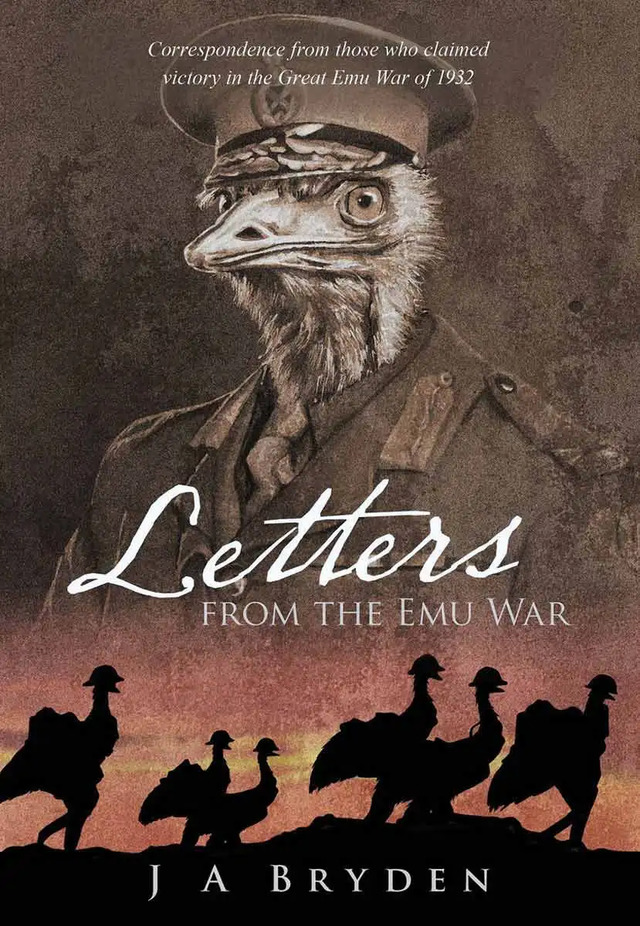
Video
Watch the video on Emu War flashbacks – it’s a fun and surprising look at this unique moment in history!
Conclusion: A Humbling Chapter in History
The Great Emu War of 1932 may be remembered as one of the strangest conflicts in military history, but it holds valuable lessons. It serves as a reminder that even in the face of overwhelming power, nature’s resilience can prevail. For the farmers of Western Australia, it was a painful chapter in their struggle to survive, but for the rest of the world, it remains an amusing and perplexing footnote in history. Ultimately, the Great Emu War proves that sometimes, the most unexpected adversaries can teach us the most profound lessons about perseverance, humility, and the limits of human control over nature.
